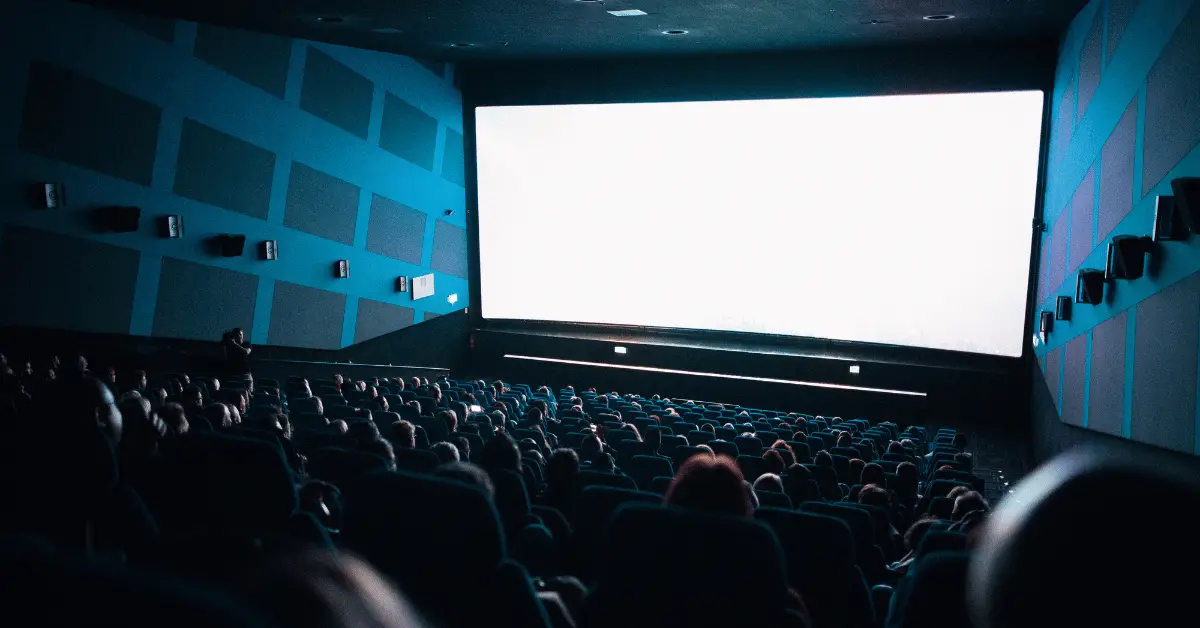Movie theaters are a popular destination for movie lovers who want to experience films on the big screen with high-quality audio and video. Projectors play a critical role in the movie theater experience, as they are responsible for displaying the movie on the screen. However, not all projectors are created equal, and professional-grade projectors are required to meet the high standards of movie theaters. In this article, we’ll explore what kind of projectors movie theaters use and provide you with information on the features and specifications of these professional-grade projectors. Whether you’re a movie enthusiast or a professional in the entertainment industry, this article will give you an in-depth understanding of the technology behind movie theater projectors.
Table of Contents
What Kind of Projectors Do Movie Theaters Use?
Movie theaters have long been a popular destination for movie enthusiasts who want to enjoy films on a big screen with high-quality audio and video. Projectors play a crucial role in the movie theater experience, as they are responsible for displaying the movie on the screen. However, not all projectors are created equal, and professional-grade projectors are required to meet the high standards of movie theaters. In this article, we’ll explore what kind of projectors movie theaters use and provide you with information on the features and specifications of these professional-grade projectors.
Types of Projectors Used in Movie Theaters
Movie theaters use two types of projectors: digital projectors and 35mm film projectors. However, 35mm film projectors are becoming less common as most movie theaters are transitioning to digital projectors. Digital projectors use digital technology to project high-quality images onto the screen, while 35mm film projectors use film reels.
Features and Specifications of Professional-Grade Projectors
Professional-grade projectors used in movie theaters have a range of features and specifications that set them apart from consumer-grade projectors. Here are some of the key features and specifications:
High Brightness
Professional-grade projectors have high brightness levels, typically ranging from 10,000 to 40,000 lumens. This is necessary to ensure that the images are bright and clear, even in large theaters with high levels of ambient light.
High Contrast Ratio
Professional-grade projectors have high contrast ratios, typically ranging from 2000:1 to 3000:1. This is necessary to ensure that the images are sharp and have a high level of detail.
High Resolution
Professional-grade projectors have high resolution levels, typically ranging from 2K to 4K. This is necessary to ensure that the images are clear and have a high level of detail.
3D Capability
Many professional-grade projectors used in movie theaters have 3D capability, allowing movies to be shown in 3D.
Large Aperture
Professional-grade projectors have large apertures, typically ranging from 1.4 to 2.6. This is necessary to ensure that the images are bright and clear, even in large theaters with high levels of ambient light.
Digital Connectivity
Professional-grade projectors have digital connectivity options, including HDMI, DVI, and DisplayPort, allowing movies to be streamed directly from a digital source.
Do movie theaters use laser projectors?
Yes, movie theaters are increasingly using laser projectors for their screenings. Laser projectors use a laser light source instead of a traditional bulb, providing several advantages over traditional projectors.
One of the main advantages of laser projectors is their longevity. Laser projectors have a longer lifespan than traditional projectors, with some models boasting a lifespan of up to 30,000 hours. This means that movie theaters can save money on maintenance and replacement costs over time.
Another advantage of laser projectors is their brightness. Laser projectors can produce brighter and more vivid images than traditional projectors, making them ideal for large screens in movie theaters. Laser projectors also have a wider color gamut, producing more accurate and vibrant colors.
Laser projectors also have better contrast ratios than traditional projectors, meaning that they can produce deeper blacks and brighter whites. This creates a more immersive viewing experience for moviegoers.
While laser projectors are more expensive than traditional projectors, their long lifespan and superior performance make them a cost-effective choice for movie theaters in the long run. As a result, many movie theaters are transitioning to laser projectors for their screenings.
In summary, movie theaters are increasingly using laser projectors for their screenings due to their longevity, brightness, color accuracy, and contrast ratios. While they may be more expensive initially, their cost-effectiveness over time makes them a popular choice for movie theaters looking to deliver high-quality movie experiences to their audiences.
Conclusion
In conclusion, movie theaters use professional-grade projectors that have a range of features and specifications that set them apart from consumer-grade projectors. These projectors have high brightness levels, high contrast ratios, high resolution levels, 3D capability, large apertures, and digital connectivity options. With these features, movie theaters are able to deliver a high-quality movie experience to their audiences. Whether you’re a movie enthusiast or a professional in the entertainment industry, understanding the technology behind movie theater projectors can help you appreciate the efforts that go into delivering a high-quality movie experience.

